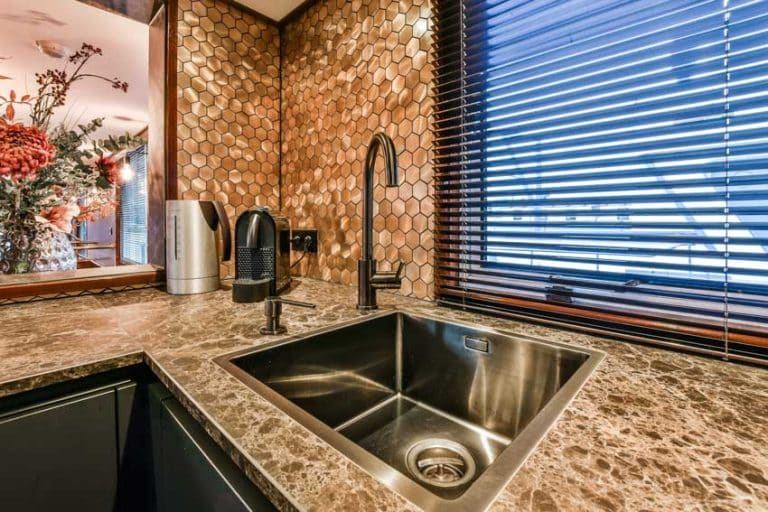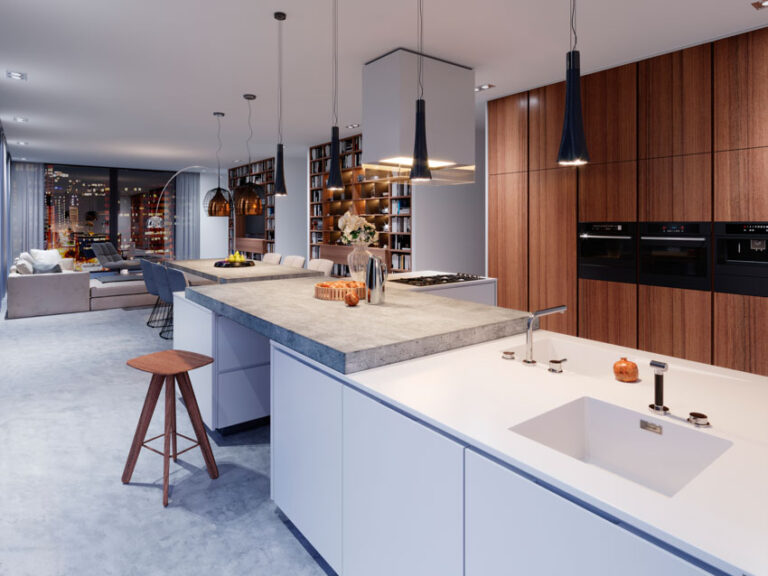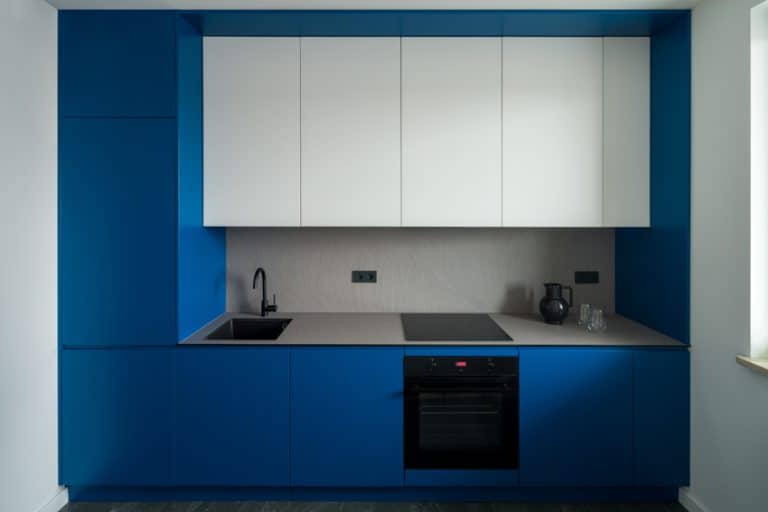Marble Cutting Board Pros And Cons
Here we share our marble cutting board pros and cons including the advantages & disadvantages, how to clean, and if marble is safe to use as a cutting board.
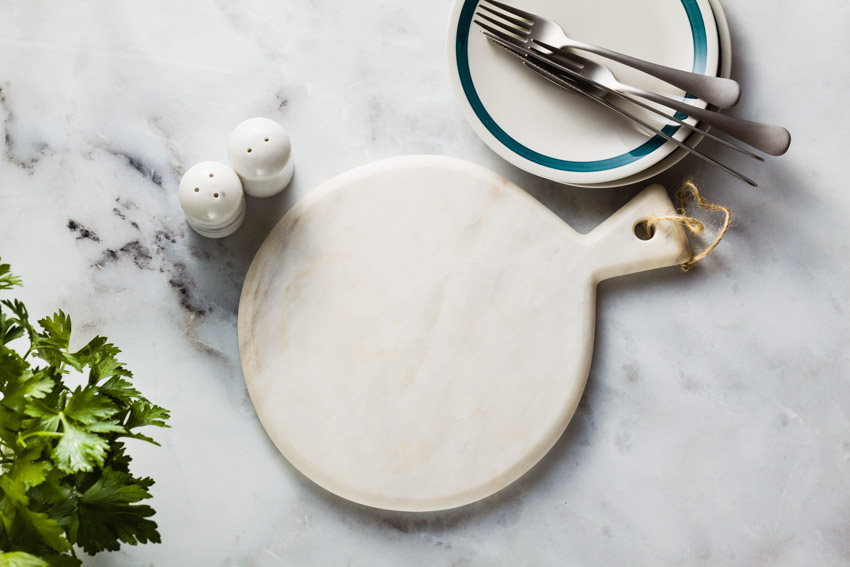
Several materials can be made into chopping boards. Wood, cork, and plastic can be used as excellent cutting boards. But, when it comes to hygiene, marble cutting boards beat them all. Because they are sealed to be non-porous, bacteria and germs from the items you chop cannot penetrate them and leave harmful residue.
Pros Of Marble Cutting Boards
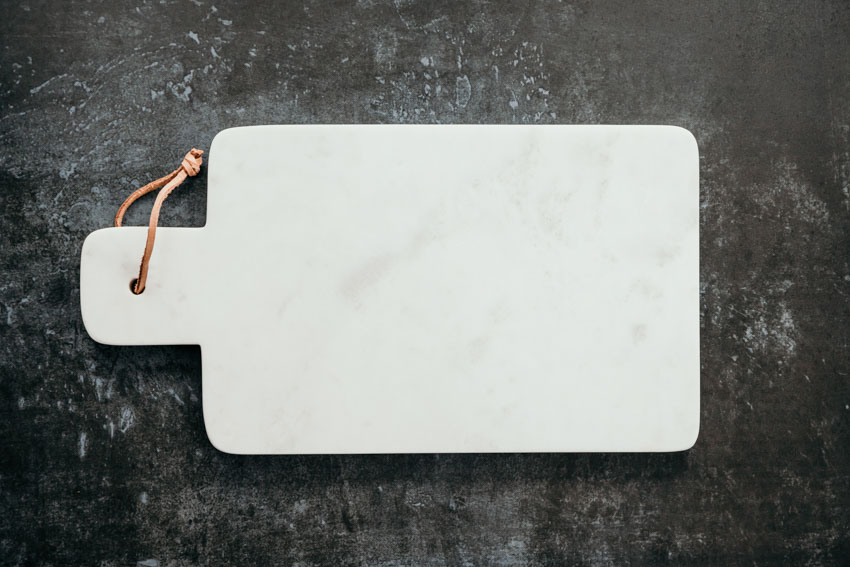
Here are some of the advantages of using a marble chopping block:
It is durable: Marble cutting boards can last for decades. It does not give in easily to wear and tear. You can chop a bony portion of meat without fear of causing any damage to the marble block.
Unlike chopping boards that can get damaged when hit hard as when you are cutting bony parts of meat, marble chop boards will not break as long as you position the knife properly.
Thanks to its durability, a marble cutting board has become a popular choice for homeowners. Apart from its use indoors, it is also among the outdoor kitchen must haves because it lasts long.
It is easy to clean: Marble has a smooth and hard surface. You can remove 100% of the dirt without using harsh cleaning materials. You can soak it in soap and water without it getting warped or deformed. Wipe it dry and it is ready for the next time you need to chop.
It can be used as a serving dish: The surface of a marble cutting board is hard. Liquids such as blood from raw meat or fish and juices from fruits and vegetables cannot penetrate the sealed non-porous inner layer.
With a marble cutting block, bacteria has nowhere else to go except down the drain when you wash the board. There are no tiny pores where liquid can pass through and get trapped within the layers of the board.
When all bacteria are washed away, you do not have to worry about your food being contaminated. After washing it, you are sure that there are no traces of bacteria left. Because they cannot harbor germs, some people use the board as a serving dish as well.
They give the kitchen an aesthetic look: Marble chopping blocks can enhance the beauty of your kitchen. When matched with different types of kitchen countertops or benchtops, they can be decorative when not in use.
Marble chopping boards are non-stick: The smooth and shiny surface of a marble chopping board is non-stick. You can use it to work with baked products like biscuits, dough, and pasta.
Marble boards dry easily: With marble boards, all you have to do is wipe them dry. Because it does not absorb liquids, it can dry up within a few seconds.
Cons Of Marble Cutting Board

Marble cutting boards can damage your knife: Since marble is such a hard surface it can damage your knife and dull its edge when used. This is one of the primary reasons many choose to hang marble cutting boards up in the kitchen for decor purposes only.
One must have be careful when using marble cutting boards: It can make cutting or chopping things difficult especially when it is wet. You must also know how to keep it from moving while you work. There is a proper and safe way to use the knife with it. Learn to always be safe to avoid accidental slips and cuts.
Marble chopping blocks or cutting boards can cost more than those made of other materials: Even if they are expensive, though, they are money savers. Once you have one, it might take decades for you to replace it.
Cutting boards made of marble might be difficult to handle when wet: Like any surface that is smooth and does not absorb water, it can become quite slippery.
For example, most countertops use a surface that’s equally slippery. This can be quite a challenge, especially if you’re carrying this marble cutting board around in the kitchen.
It is prone to damage when not taken care of properly: Using very sharp knives close to the surface every time the block is used can harm it. It can crack or chip through continuous use.
The surface lacks friction: When cutting food on marble types of cutting board, you need to grip tightly the things that you are chopping.
Otherwise, they will keep falling or moving to the sides because there is not much friction to keep them still. Slicing a mound of meat or vegetables must be avoided. Hold each piece while you cut.
How To Clean Marble Chopping Boards
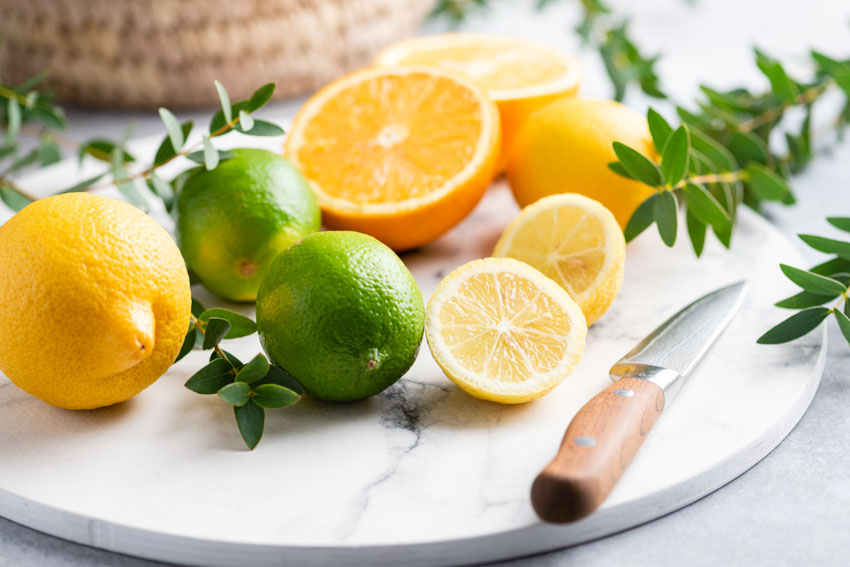
Here is how to clean a marble cutting board.
1. Always wash the board with soap and hot water after using.
2. Use a soft sponge and a mild dishwashing detergent.
3. To kill bacteria, use vinegar and water.
4. Dry thoroughly.
Is Marble Cutting Board Safe?

However, do pay attention to the chemicals used in your boards sealant. Some chemicals such as Fluoro Polymers are not considered food safe and therefore should be avoided.
You can reseal your stone surfaces with a food safe sealant periodically as needed to prevent potential absorption of germs and bacteria.
Marble surfaces can also present a danger to your knives by damaging their edges and making them blunt and dull. In addition they can be slippery and hard to handle resulting in accidental cuts.
Can Marble Tiles Be Used As Cutting Boards?
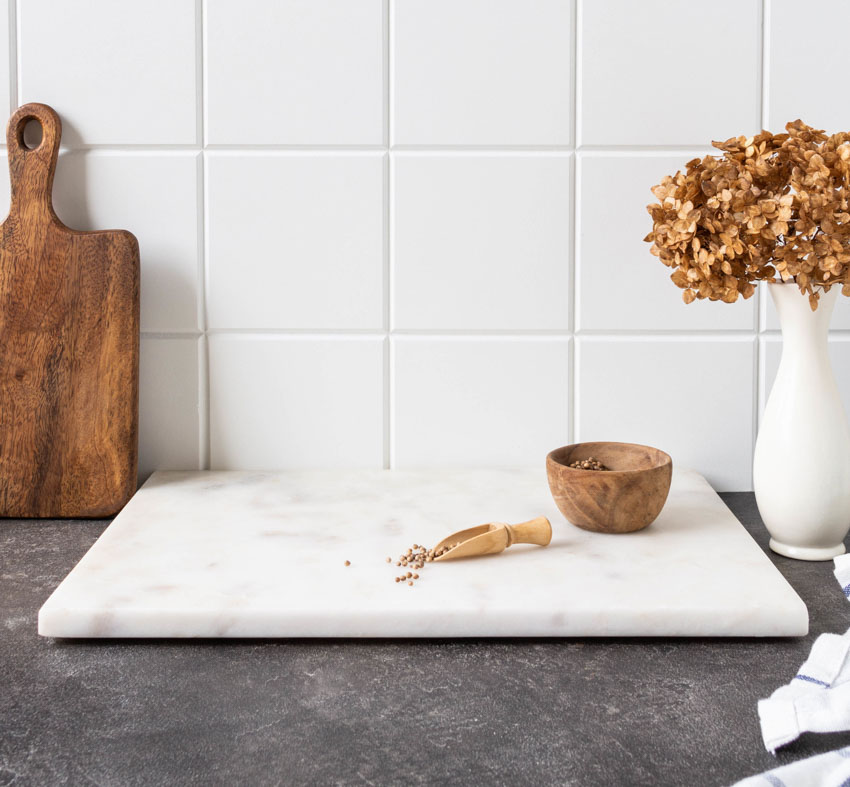
First, protect the tile from scratches by taping it. Then, use a sander to make it smooth. Then, trim the edges using a table saw. For a clean look, add a routed edge.
Because they are expensive, some people buy marble cutting boards for their aesthetic value and display them instead of using them. But, do not worry about damaging it during use. Even if you frequently use it, it can last a long time with proper care.
The damage that can occur by using a marble surface is typically by weakening your knife’s edge. If you have high quality knives it may be a better idea to use something such as an Acacia wood cutting board, or other type that will not damage the edge.
Always keep in mind that everything has its pros and cons. With marble cutting boards, there are both pros and cons to consider.
See more related content in our article about cutting board sizes on this page.




